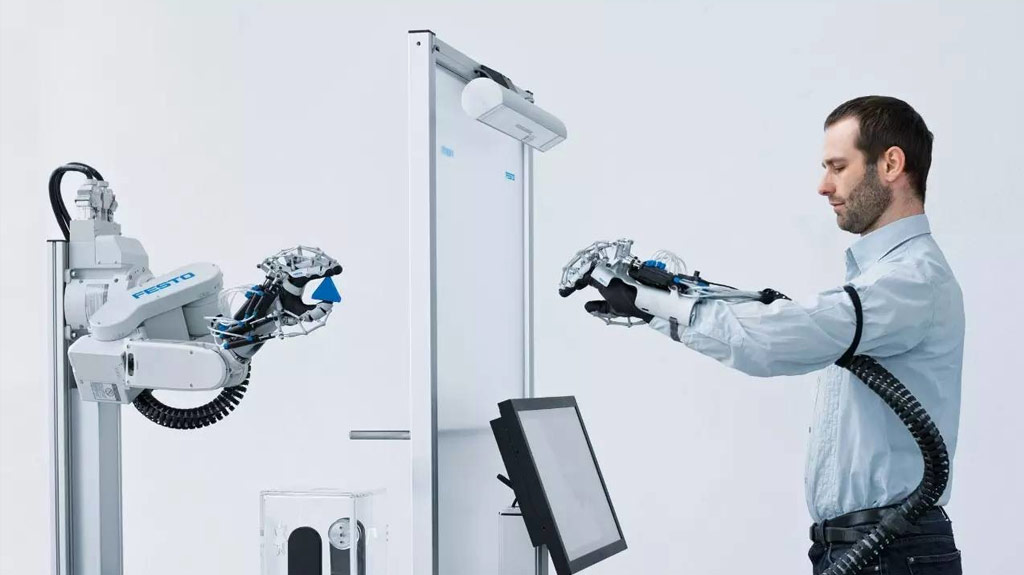
What is Machine Learning?
The interest in artificial intelligence (AI) has evolved lately into something more akin to an obsession. Every day, it seems, we learn of some new development in AI, or its practical application to some other facet of our lives. The term “artificial intelligence,” coined in 1956, started out as mere speculation that human thinking could be organized into a symbolic system that was—or would someday be—technologically reproducible.
But once it gained momentum, it seemed there was no stopping the ascent of AI.
Among the most promising avenues of AI research is machine learning, which consists of algorithms that “learn” by finding patterns and generating insights from raw, unassimilated data. Once these heuristic algorithms have assimilated enough data and compiled a sufficient library of rote reactions, they can apply these computations to make decisions and predictions when faced with similar stimuli in the future—consider it an artificial “instinct” routine. The programs now have the ability to learn and execute actions without having to be specifically programmed every time, simply by accessing this instinctual programming.
Machine Learning in Our Daily Lives
Over the past years, there have been enormous strides in the machine learning industry, which have resulted in what we have today: highly adaptable programs capable of applying mathematical calculations to big data repeatedly and at significantly faster speeds, according to the Statistical Analysis System (SAS) Institute.
There are many branches under the machine learning subcategory, with “deep learning” being one of the main research concentrations. This is hardly surprising, seeing how deep learning is the branch of machine learning that brings AI the closest to its lofty goal of enabling machines to learn and think like humans.
Now, as the technology swiftly evolves—practically on its own, for by its very nature it obviates or reduces the need for human guidance or intervention—the application of machine learning is fast becoming a ubiquitous part of our daily lives. Among machine learning applications that we interact with on a daily basis, most are probably familiar with those already embedded in smartphone applications, particularly the facial recognition and sorting technology in photos apps.

Several shopping websites, together with subscription services such as Netflix, employ machine learning to predict what a customer might like and display suggestions based on these assumptions. Fraud detection, though still imperfect, is also becoming far more capable with help from machine learning algorithms. And as autonomous vehicles gain popularity and legality in different areas of the globe, machine learning will eventually take over the driver’s seat.
Meanwhile, machine learning can take automation to a higher level: robotics, for instance, relies heavily on machine learning, and its making important inroads into the medical field to provide improved diagnostics and assimilate patient data to make informed predictions. According to digital publishing group McKinsey & Company, apart from predictable physical work, data sciences (collection and processing) are next in line for machine learning automation.
So even if you’ve never heard of machine learning, it’s a safe bet it will touch upon your life in some way—no matter how remote. Whether it’s the changing nature and composition of the workplace and workforce, the astonishing new advances in driverless tech, or AI’s infiltration of fraud detection, crime prevention, and medical diagnostics, intelligent algorithms will be influencing our lives whether we like or not.
Watch this video for a demonstration of some machine learning-based technologies being used and developed today:
